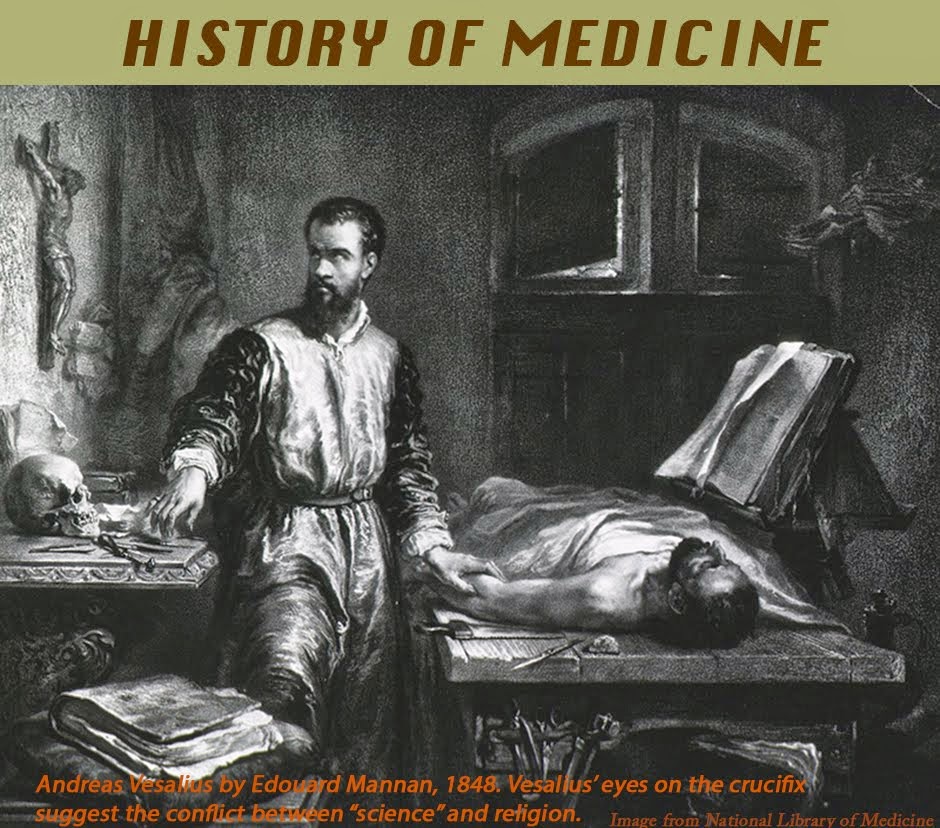THE BIRTH OF THE CALIFORNIA STATE
HEALTH DEPARTMENT
In epidemic times, such as these, we look to local or national health departments for information and guidance. But that wasn’t always the case. In earlier times health departments were ad hoc organizations formed on the spot to deal with epidemics as they arose, only to die as fears abated. Such was the case in San Francisco when cholera swept through the city in early gold rush days. In 1862, however, when smallpox broke out in Sacramento, the city formed a permanent health board that lasted to this day, and six years later the State of California followed suit with a permanent State Health Board. Driving the formation of both health boards was a practicing Sacramento physician, Thomas M. Logan.
Born in Charleston, S.C., Logan graduated from the Medical College of South Carolina in 1828. He practiced locally for a short time, then travelled to Europe for further study, arriving in Paris at the time of
 |
| Thomas Logan (Cal West Med 1945) |
 |
| Gold Rush Sacramento (Wikipedia) |
In 1858, the civic-minded Logan and Dr. Elias S. Cooper of San Francisco, founder of the first medical school in California, collaborated to form the California State Medical Society, the
 |
| Elias S Cooper (Nat. Library of Medicine) |
That same year, prodded by a frightening smallpox outbreak in 1868-9, Logan induced the State Legislature to create a State Health Board, the forerunner of today's Dept. of Public Health. It was the second permanent state health board in the nation and was modeled on the first one, created in Massachusetts only a year before. A Health Board and quarantine service for San Francisco were created in the same year.
The State Board’s task was to gather statistics of births, deaths, diseases, and the like. Weather, humidity, and geologic conditions were to be recorded, health conditions in public institutions, such as schools, prisons, and almshouses, were to be monitored, and the effects of intoxicating liquors on the personal and working lives of citizens (a serious problem at the time) evaluated, all to be summarized in a Biennial Report. This basic information was heretofore rudimentary and incomplete throughout the state. The Board was advisory and had no enforcement powers. It consisted of seven physicians, two from Sacramento and the others from diverse areas of the state, who would serve four-year terms. Logan was the Permanent Secretary, the only paid position, and Henry Gibbons of San Francisco was the president. Reporting forms were sent out to physicians and hospital personnel asking them to tabulate diagnoses and special medical problems. Interestingly, the Independent Order of Odd Fellows agreed to provide a monthly report of illness and death among its California members, because the IOOF contained “the most intelligent, sober, and industrious portion of our fellow citizens.”
 |
| Wyatt Earp's membership card to IOOF (Wikipedia) |
The Board’s first Biennial Report included reports on water supplies and purity, conditions in county hospitals, criminal abortion, the gathering of vital statistics, the unhealthy conditions in San Francisco’s Chinatown, and the “medical topography” of the state. The latter topic was of particular interest to Logan, who had personally measured temperature, humidity, and barometer readings since his arrival in California. The San Francisco County Hospital was deemed a “disgrace” and the new suburban Sacramento
 |
| First report of State Board of Health (Google Books) |
A Dr. Briggs in Santa Barbara lauded the city’s restorative climate and included a comment that “about one and a half miles from the shore is an immense spring of petroleum, the product of which continually rises to the surface of the water and floats upon it over an area of many miles.” He thought that the ocean wind blew in a petroleum-derived “disinfecting agent” that accounted for the rarity of epidemic disease in Santa Barbara.
The Biennial Report reflected the confused state of medical thought at the time. Germs were occasionally mentioned, but miasmas and “malaria” (in the sense of bad air) still dominated thought. Infectious diseases were the main killers in California, “consumption” claiming the most victims, partly because the perceived healthy climate of the State attracted numerous tubercular patients.
Logan was a member of the AMA almost from the beginning, served as its delegate to the International Medical Congress in Paris in 1867, and went on to be President of the AMA in 1872. Through the AMA he pushed for a national public health bureau but did not live to see it. He continued as Permanent Secretary of the California Board of Health until his death in 1876.
Logan made many contributions to medicine, but his drive for “state medicine” in California and the nation ranks highest.
SOURCES:
Harris, H. California’s Medical Story. 1932, Grabhorn Press
Jones, J R. Memories, Men, and Medicine: A History of Medicine in Sacramento, California. 1950, Sacramento Society for Medical Improvement.
Dickie, W M. “National Department of Health Proposed in 1871: by Thomas M Logan, MD, of California. 1940; Calif West Med 52: 6-9.
Saunders, J B. “Geography and Geopolitics in California Medicine”. 1967; Bull Hist Med 41: 293-324.
Biennial Report Calif State Board Health 1870-71. Sacramento State Printer.
Logan, T M. “Report on Topography, Meteorology, Endemics, and Epidemics”. 1858; Trans Med Soc State of Calif. 3: 31-80.
Jones, G P. “Thomas M. Logan, MD, Organizer of California State Board of Health and Co-Founder of the California Medical Association”. 1945; Cal West Med 63: 6-10.
